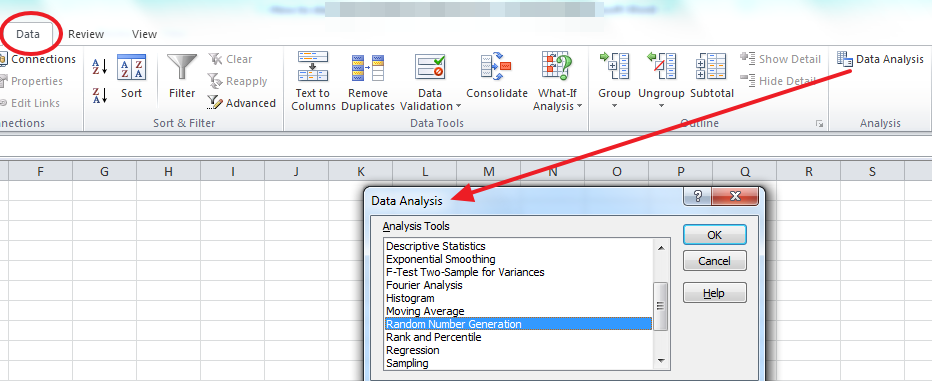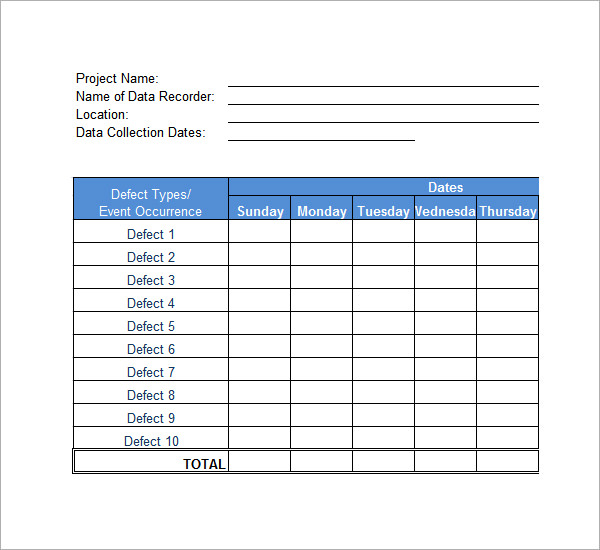

On January 9 there were more than 20 clicks but fewer than 60 views). If we wanted to isolate dates that had more than 60 views or which had more than 20 clicks, we can see that some dates had one but not the other (for example, January 19, 27, and 28 each had more than 60 views but fewer than 20 clicks. To illustrate: the dataset below shows the number of views and clicks on a website by date. Rows that have been filtered out can easily be redisplayed by re-selecting all the values in the filter dropdown, or just by deselecting the Filter icon from the ribbon.Įxcel’s Advanced Filter feature has a functionality that allows you to display data that satisfies either ANY of several criteria. This isn’t possible with a simple auto-filter, which allows filtering using OR logic for a maximum of two criteria, and only for values in the same column. The other rows are temporarily hidden, as shown by the blue row numbers to the left.
BASIC DATA ANALYSIS IN EXCEL HOW TO
Learning how to filter in Excel is another useful analysis tool. Select additional sorting columns if necessary.

If your highlighted range includes data headings, tick “My data has headers”.The primary purpose of sorting is to get your data ready for even more in-depth analysis, but sorting will usually do the trick if you just want to arrange things in a logical order. You can also sort in whatever order is useful - for example, from oldest to newest or vice versa, by column or row, and you can even do multi-level sorting. Excel allows you to sort by numbers, text, date, or even color. Sorting data is the first step to getting things organized. Let’s start with the simplest form of data analysis: sorting. From here you’ll be able to import, sort, extract, convert, and otherwise massage simple and complex data in various ways. The Data tab on the Excel ribbon is the home of commands which can transform your data from simple numbers into meaningful answers. The most obvious place to look for data analysis tools in Excel is on the Data tab.


Versatility - Excel is a great way to venture into data analysis in baby steps, from simple data collection to formula creation, to integration with Power BI.īelow is your guide to all things data analysis in Excel.Familiarity - Microsoft applications are familiar to most people, so Excel’s commands and keyboard shortcuts are similar to those used in many other applications, making the interface largely intuitive.Popularity - Since the Microsoft Office suite is standard in most business software, Excel is likely already loaded on your machine and the machines of folks with whom you will be sharing documents.Of course, Microsoft Excel isn’t the only tool available for data analysis at work, but it is one of the favorites for a couple of reasons: It establishes relationships or patterns between different sets of data so that you’re in a better position to respond to current and future situations of that nature. Data analysis is taking raw data and turning it into information that’s useful for decision-making.


 0 kommentar(er)
0 kommentar(er)
